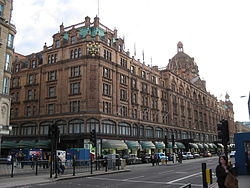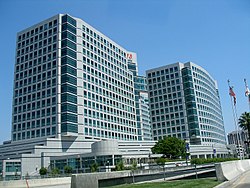This article may contain an excessive amount of intricate detail that may only interest a particular audience.(November 2023) |
This article needs to be updated.(December 2021) |
 | |
| Industry | computer software |
|---|---|
| Founded | San Rafael, California (1990s) |
| Headquarters | San Francisco, California |
| Parent | Adobe Systems |
Scene7 was an American on-demand rich media software company that provided document hosting and interactive publishing services such as online catalogs, targeted email, video, and image management. Scene7's technology allowed users to manipulate product images by zooming in and rotating products, simulating the inspection of merchandise in retail stores. Scene7 became a subsidiary of Adobe Publishing Systems in 2007, and in 2010 was folded into the Adobe Systems model.
Contents
The company, founded as a division of Autodesk, created a room decoration computer software called Picture This Home in the mid-1990s. The division was sold to Broderbund in 1998, then spun off as a company called GoodHome.com in June 1999. After GoodHome.com failed to become profitable, it was reorganized and renamed Scene7. It formally launched on January 23, 2001, and focused on helping companies prepare interactive advertisements for consumers. Adobe Systems acquired Scene7 in 2007 for an undisclosed sum. [1]
In 2010, Scene7 ceased to function as a subsidiary of Adobe Systems. Scene 7 was renamed Dynamic Media Classic Publishing System (SPS) and became part of the Adobe family of software products. [2]

